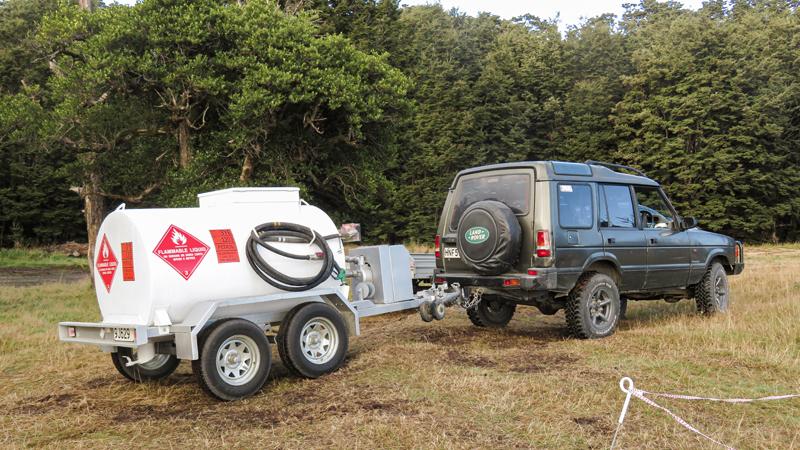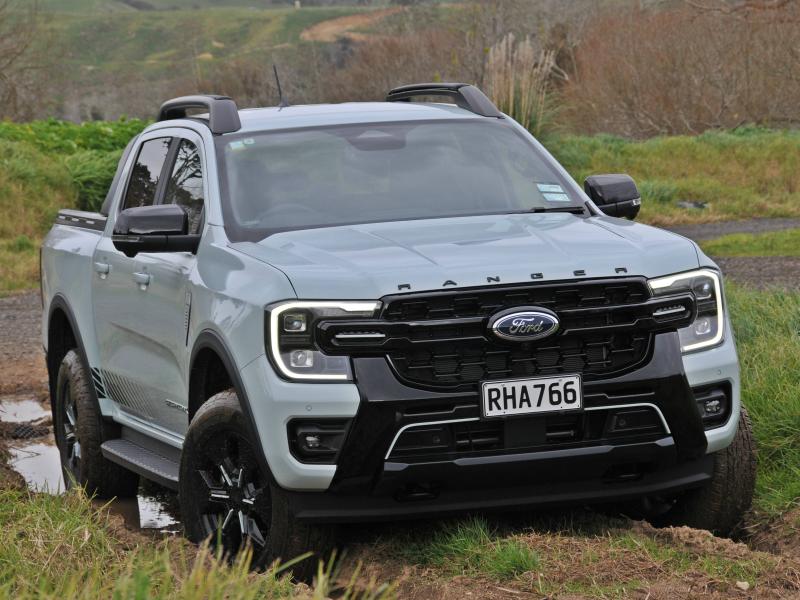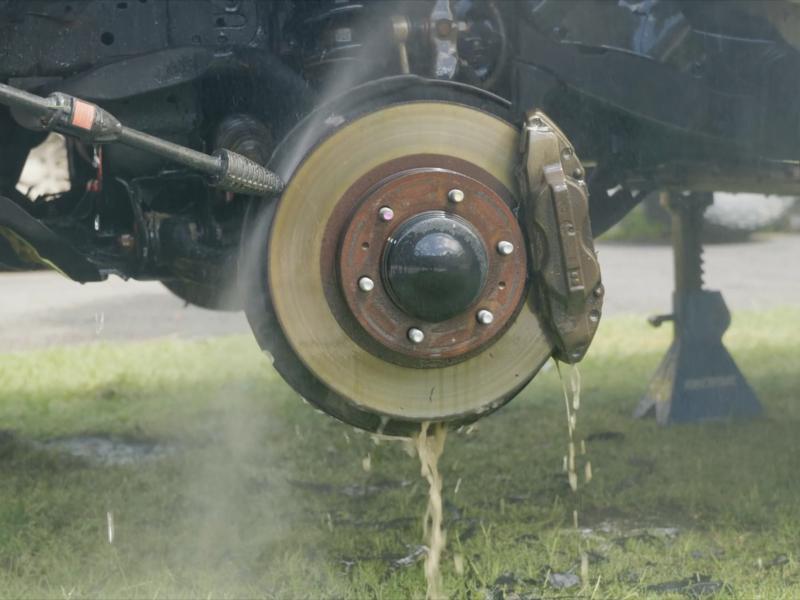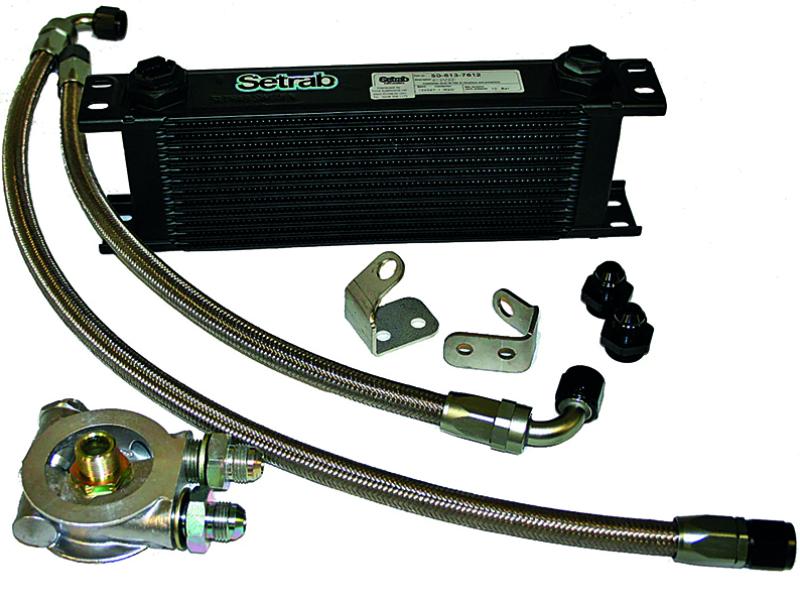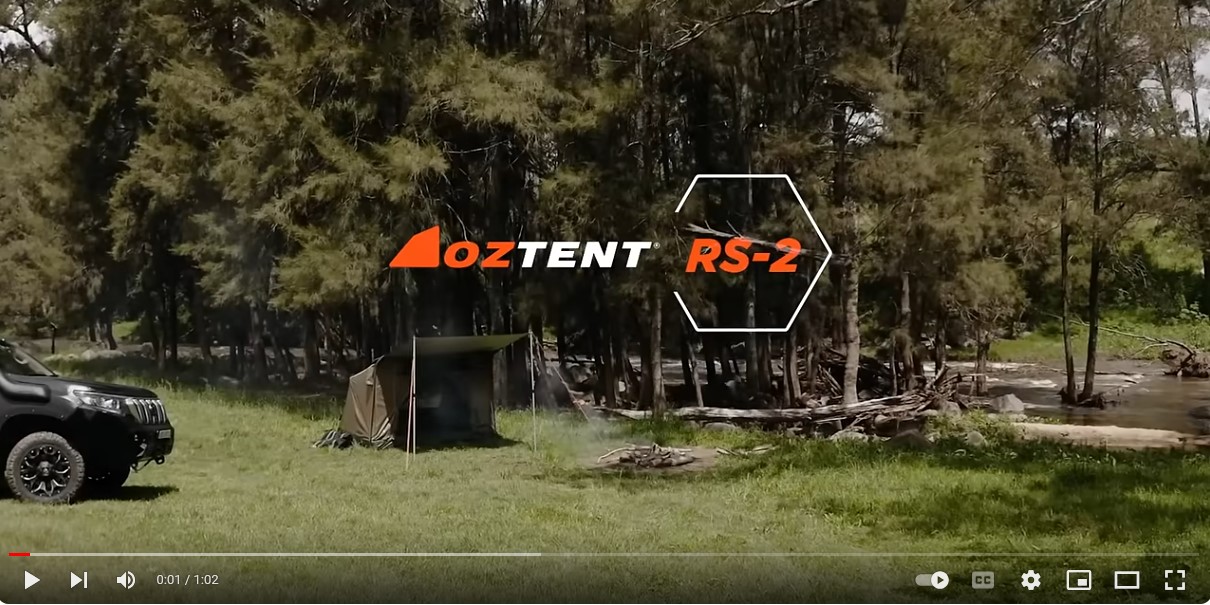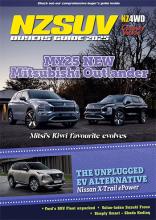It seems we struck a bit of a chord with what was supposed to be a one-off ‘Tips for Safer Towing’ feature last month. So, we went back to page sponsor Hayman Reese for some more plain, simple facts on towing for this month’s column.
Right then, first things first. To help you choose the correct tow bar for the job you will – sooner or later – be confronted with various terms and numbers which you will be expected to know, and spout off at request, ad nauseum, throughout the project.
These no doubt include:
• Gross trailer weight (GTW)
This is the total weight of the fully loaded trailer and is best measured on a commercial scale as found at testing and weigh-bridge stations.
• Tongue weight (TW)
Which is the downward force exerted on the towball at the coupling. A towbar’s tongue capability is clearly displayed on the towbar label. To make sure you are not exceeding your towbar limits, for light trailers a normal bathroom scale, placed on a box to simulate the normal towbar height is a perfectly good way to measure tongue weight.
Alternatively, Hayman Reese has a Towball Weight Scale with which you can measure your ball weight by placing it under the coupling and winding the weight off the jockey wheel
Towball weight refers to the weight on the front end of the trailer not carried over the axles. As a rule, aim to have 10 percent of the total trailer weight as towball weight. This can be measured at a weigh bridge by resting the jockey wheel only on the scale.
• Tare Weight
This is the weight (of the tow vehicle in this case without fuel think of it rolling off the production line).
• Kerb Weight
The weight of the vehicle fully fuelled and with all fluids BUT without payload.
• GVM (Gross Vehicle Mass)
Which is the Vehicle fully fuelled, with all fluids, and fully loaded and with a payload which MUST include the driver but does not include a trailer.
• GCM (Gross Combination Mass)
This, finally, is the Gross Vehicle Mass (from above) PLUS the loaded trailer.
Gypsy caravan
Many of us will remember watching – with a combination of horror and fascination -as a hapless ‘traveller’ tried to tow a long, double axle caravan up a steep moorland road behind a protesting FWD Renault 5 (https://youtu.be/N19Y9Z2wFAs). Here’s where things get interesting though.
A ‘Light’ vehicle is defined for the purpose of towing here in NZ as one ‘with a GVM of less than 3500kg.’ And in general terms anyone with a full Class 1 driver’s licence can use such a vehicle for towing up to a GCM of 4500kg.
A ‘Heavy’ vehicle on the other hand, is defined as one ‘whose GVM exceeds 3500kg,’ meaning a minimum of a Class 2 driver’s licence or higher is required if the laden weight at the time of driving (inclusive of trailer and load) is 4500kg or over up to a maximum of 12,000kg.
Quick finder
All vehicles over 3500kg must have a certificate of loading, which is usually displayed on the vehicle’s front windscreen. The certificate of loading will tell you the vehicle’s gross vehicle mass (GVM) or gross combined mass (GCM).
In most cases gross vehicle mass is the same as gross laden weight (GLW), and gross combined mass is the same as gross combined weight (GCW).

